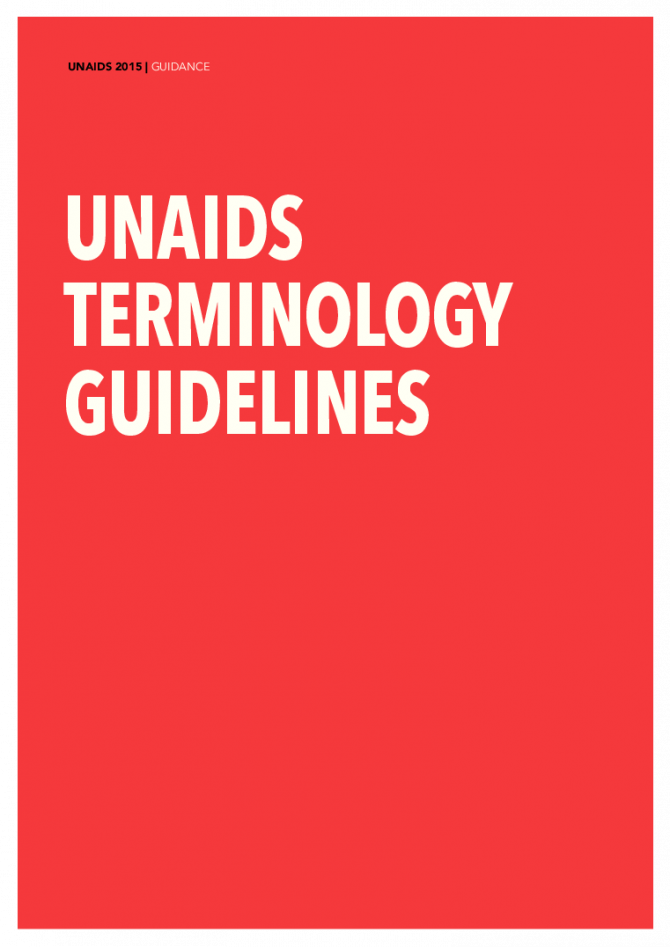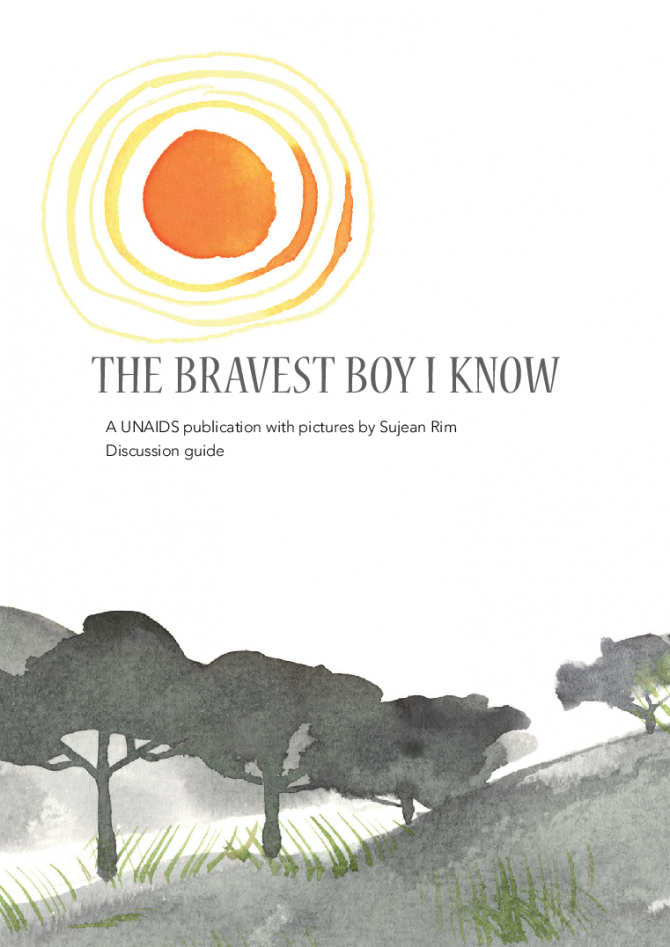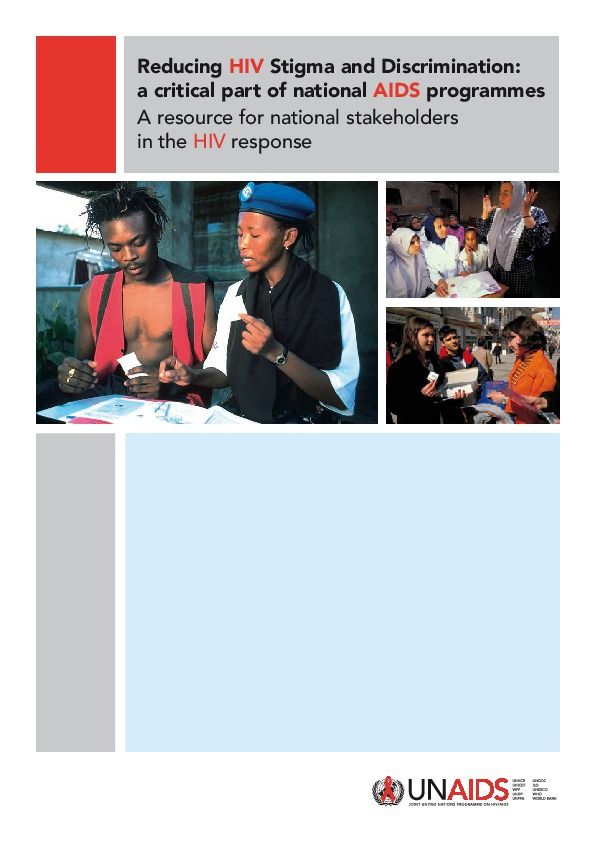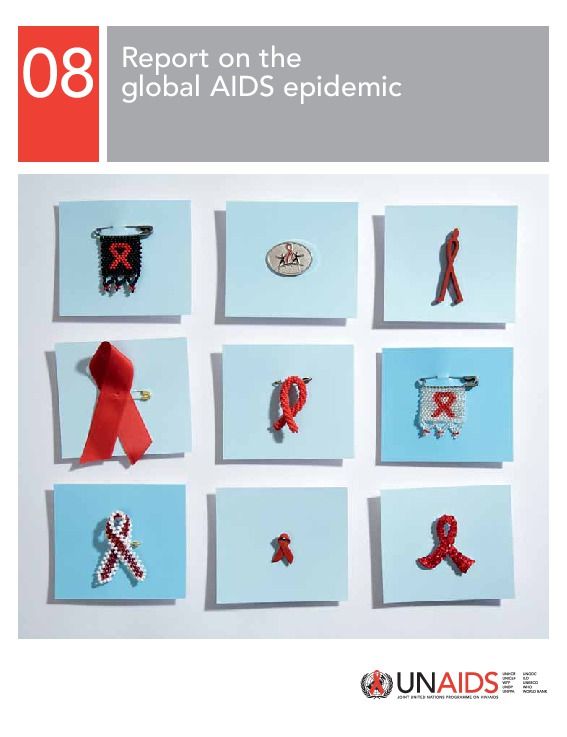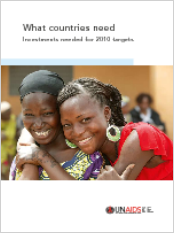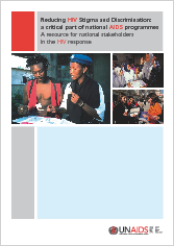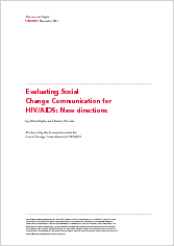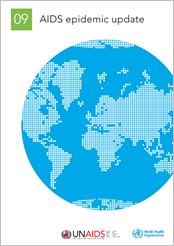Documents
UNAIDS Agenda for Accelerated Country Action for Women: Operational plan
23 July 2010
The Agenda for Accelerated Country Action for Women, Girls, Gender Equality and HIV 2010–2014 (Operational Plan) supports the implementation of the UNAIDS Action Framework: Addressing Women, Girls, Gender Equality and HIV.1 The Action Framework was developed in response to the pressing need to address the persistent gender inequalities and human rights violations that put women and girls at a greater risk of HIV, and increase their vulnerability. These factors also threaten the gains that have been made in preventing HIV transmission and in increasing access to antiretroviral therapy. The UNAIDS Action Framework focuses on action in three areas, outlined below, in which UNAIDS2 and UNIFEM can make specific and unique contributions.
Documents
UNAIDS Terminology Guidelines
25 October 2011
Language shapes beliefs and may influence behaviours. Considered use of appropriate language has the power to strengthen the global response to the AIDS epidemic. That is why the Joint United Nations Programme on HIV/AIDS (UNAIDS) is pleased to make these guidelines to Preferred terminology freely available for use by staff members, colleagues in the Programme’s 11 Cosponsoring organizations and other partners working in the global response to HIV. These guidelines are a living, evolving document that is reviewed on a regular basis. This revision of the 2011 edition has discarded a few terms and added new ones that are relevant to the global response to HIV and commonly used by UNAIDS. The same terms, grouped by subject headings, also are listed at the end of this document. These guidelines may be freely copied and reproduced, provided that it is not done for commercial gain and the source is mentioned. Comments and suggestions for additions, deletions or modifications should be sent to terminology@unaids.org.
Documents
UNAIDS gender assessment tool: Towards a gender-transformative HIV response
05 May 2014
The Gender assessment tool for national HIV responses is intended to assist countries assess their HIV epidemic, context and response from a gender perspective, helping them to make their HIV responses gender transformative and (as such) more effective. The Tool is specifically designed to support the development or review of national strategic plans (NSP) and to inform submissions to both country investment cases and the Global Fund to Fight AIDS, Tuberculosis and Malaria (GFATM).
Documents
Discussion guide for The Bravest Boy I Know
12 July 2016
The book The Bravest Boy I Know can be used to help people understand HIV among children and especially to understand that children bounce back and do well when on treatment. HIV-positive children can go to school, play and live like any other children. They, and their families, need care and support, not stigma and discrimination. For parents, caregivers, teachers and health-care providers: if a child has acquired HIV, you can take comfort in knowing that there is hope. Treatment is now available and it means that children can survive and thrive. There are many adults alive today who became infected with HIV at birth and have grown into adulthood. People living with HIV can enjoy a better quality of life because of new HIV medicines, better care and more support.
Documents
Reducing HIV stigma and discrimination: a critical part of national AIDS programmes - a resource for national stakeholders in the HIV response
18 January 2008
Despite the pervasiveness of HIV-related stigma and discrimination in national HIV epidemics and their harmful impact in terms of public health and human rights, they remain seriously neglected issues in most national responses to HIV. National AIDS programmes together with key partners can take concrete steps to address these critical obstacles and help pave the way towards universal access to prevention, treatment, care and support. This document presents strategies, programme examples and research findings concerning how governments, the UN system, donors and civil society can make the reduction of HIV-related stigma and discrimination central in the national response to AIDS.
Documents
Report on the global AIDS epidemic
07 November 2008
According to data in the UNAIDS 2008 Report on the global AIDS epidemic there have been significant gains in preventing new HIV infections in a number of heavily affected countries. In Rwanda and Zimbabwe, changes in sexual behaviour have been followed by declines in the number of new HIV infections.
Documents
Reducing HIV Stigma and Discrimination: a critical part of national AIDS programmes A resource for national stakeholders in the HIV response
01 April 2009
Documents
Evaluating Social Change Communication for HIV/AIDS: New directions
01 November 2011
In this paper we explore a range of innovative approaches to evaluation that to date have been largely unknown or underused in the field of HIV and AIDS. Reflecting on dominant evaluation practice – in the context of wider shifts in HIV and AIDS programming – we highlight how innovations in evaluation and learning from various social sciences fields can be used to strengthen the assessment of social change, especially social change in how communities and individuals manage HIV.


